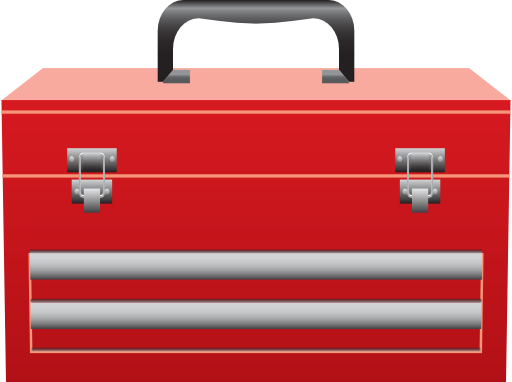1st GRADE
BUILDING AN ECONOMY
LESSON 6: I AM AN ECONOMIST
THE LESSON MISSION
|
|
Star Wars - The Adventure Begins!
Now, we are going to do an activity. On your table you will see a planet folder with all kinds of pictures and information about your Star Wars planet. Look over your folder with your partner. You will see natural resources, major products, imports, and exports. I will point this out to you. Before we look at your folders, let's learn about what all these terms mean.
|
|
Think-Pair-Share
Look at your Star Wars planet folder. Answer these questions with your partner.
- What needs can your planet provide for its people?
- What wants does your planet provide for its people?
- What needs have to be imported from other planets?
- What wants are imported to your planet?
- What needs are exported to other planets?
- What wants are exported to other planets?
Design A Product
Now, think about your planet's needs and wants. Some of your planets lack basic needs. Others have all basic needs, but maybe their needs could be improved. Still others have all their needs and some of their wants. Think of something your planet needs or something many of the people might really want. Design a product that is either a need or a want for your planet. Draw a picture of your product design.
Be ready answer these questions for the class:
Be ready answer these questions for the class:
- Is your product a need or a want?
- Why would your planet need or want this product?
- Can you make this product using the natural resources from your planet or will you need to import natural resources to build your product?
- If you have to import items, what will you need to import?
- Which planets might have the items you need to import in order to make your product?
MISSION ACCOMPLISHED
Original Lesson by April Smith
Constructed to meet International Technology and Engineering Educator's Standards for Technological and Engineering Literacy:
Constructed to meet International Technology and Engineering Educator's Standards for Technological and Engineering Literacy:
- ITEEA Standard 1: Nature and Characteristics of Technology and Engineering K - 2nd Grade STEL-1A: Compare the natural world and human-made world.
- ITEEA Standard 1: Nature and Characteristics of Technology and Engineering K - 2nd Grade STEL-1C: Demonstrate that creating can be done by anyone.
- ITEEA Standard 2: Core Concepts of Technology and Engineering K - 2nd Grade STEL-2C: Explain that materials are selected for use because they possess desirable properties and characteristics.
- ITEEA Standard 2: Core Concepts of Technology and Engineering K - 2nd Grade STEL-2E: Collaborate effectively as a member of a team.
- ITEEA Standard 3: Integration of Knowledge, Technologies, and Practices K - 2nd Grade STEL-3B: Draw connections between technology and human experiences.
- ITEEA Standard 4: Impacts of Technology K - 2nd Grade STEL-4A: Explain ways that technology helps with everyday tasks.
- ITEEA Standard 4: Impacts of Technology K - 2nd Grade STEL-4E: Design new technologies that could improve their daily lives.
- ITEEA Standard 5: Influence of Society on Technological Development K - 2nd Grade STEL-5A: Explain the needs and wants of individuals and societies.
- ITEEA Standard 5: Influence of Society on Technological Development K - 2nd Grade STEL-5B: Explore how technologies are developed to meet individual and societal needs and wants.
- ITEEA Standard 7: Design in Technology and Engineering Education K - 2nd Grade STEL-7C: Explain that design is a response to wants and needs.
- ITEEA Standard 8: Applying, Maintaining, and Assessing Technological Products and Systems K - 2nd Grade STEL-8C: Describe qualities of everyday products.
- AL DLCS: Computational Thinker Abstraction 1st Grade Standard 1: Classify and sort information into logical order with and without a computer.
- AL DLCS: Computing Analyst Data 1st Grade Standard 14: Discuss the purpose of collecting and organizing data.




